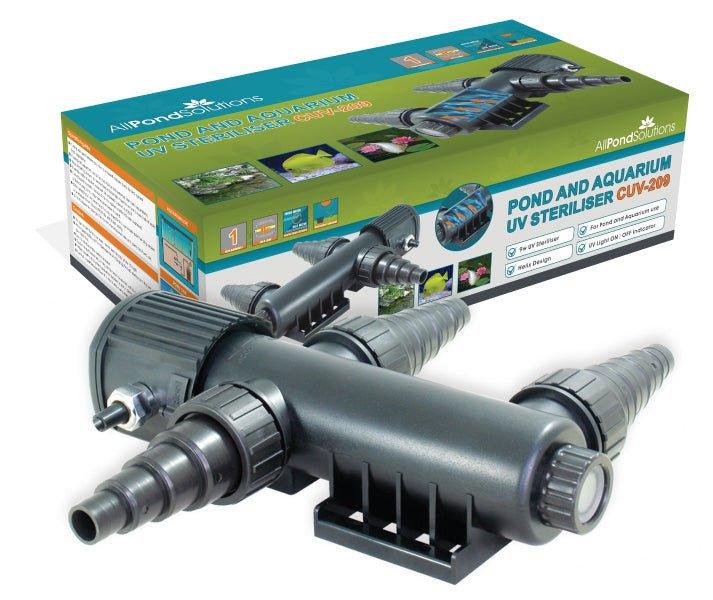How To Cycle Your Fish Tank
Knowing how to cycle a fish tank is important for new aquarium owners as it gets you off to the best possible start so you can enjoy happy and healthy livestock and plants.

What exactly is ‘cycling’?
It means you are creating a filtration system by ensuring there is a bacteria colony in it that removes toxic waste to ensure your aquatic life has a healthy environment to thrive in!
There are two ways of cycling a fish tank – one with fish and one without fish. Fishless cycling is preferred, as fish aren’t subjected the high ammonia and nitrite levels.
Add a few select fish
In the first few weeks of having your aquarium, you should add plants into the environment and ‘good cycling fish’ such as most types of minnows, guppies, barbs and danios. They will be able to survive the high toxins for long enough to allow the beneficial waste-processing bacteria to grow. Later on, after the bacteria have grown, you can gradually add different kinds of fish.
When fish go to the toilet in the aquarium, their waste products contain ammonia.
Beneficial bacteria begin to grow in response to these chemicals. As they consume the ammonia, they'll begin to produce nitrites. These nitrifying bacteria in the tank will therefore convert:
Ammonia ⇒ Nitrite
Other bacteria will then convert:
Nitrite ⇒ Nitrate
As you're waiting for your tank to cycle, replace approximately 10-25% of the tank's water every few days, to ensure toxin levels of waste do not build up before the tank is fully cycled.
N.B. If you have a saltwater tank, remember to add marine salts to maintain proper salinity.
To monitor the levels of toxicity, use a test kit to test the levels of ammonia and nitrite as a daily routine check. Ideally, ammonia levels and Nitrite levels should be at 0mg/l . Overall, the cycling process is complete when both the ammonia and nitrite levels drop so low that they are undetectable
A complete cycle normally lasts between 6 to 8 weeks. After you add a new fish, wait another week and test the waters to ensure the ammonia and nitrite levels are low before you introduce another fish.
Which products should I use to cycle an aquarium?
Why is it important?
In the wild, fish don’t have the same problem of high toxins in the water like ammonia due to the vast amount of water around them. When fish are put in an aquarium, the enclosed environment can mean they are overwhelmed with toxins if the tank isn’t cycled to remove these. Therefore it is really important to cycle your tank to keep your fish alive and healthy.
